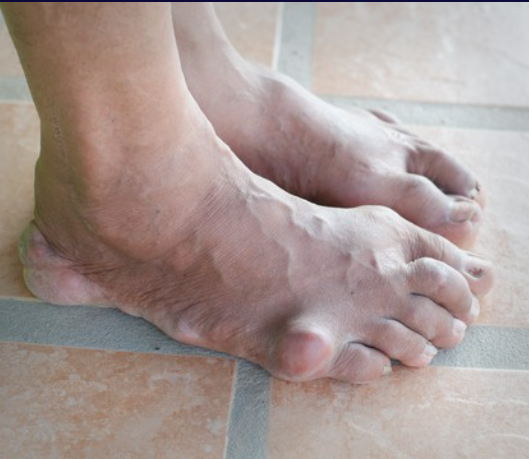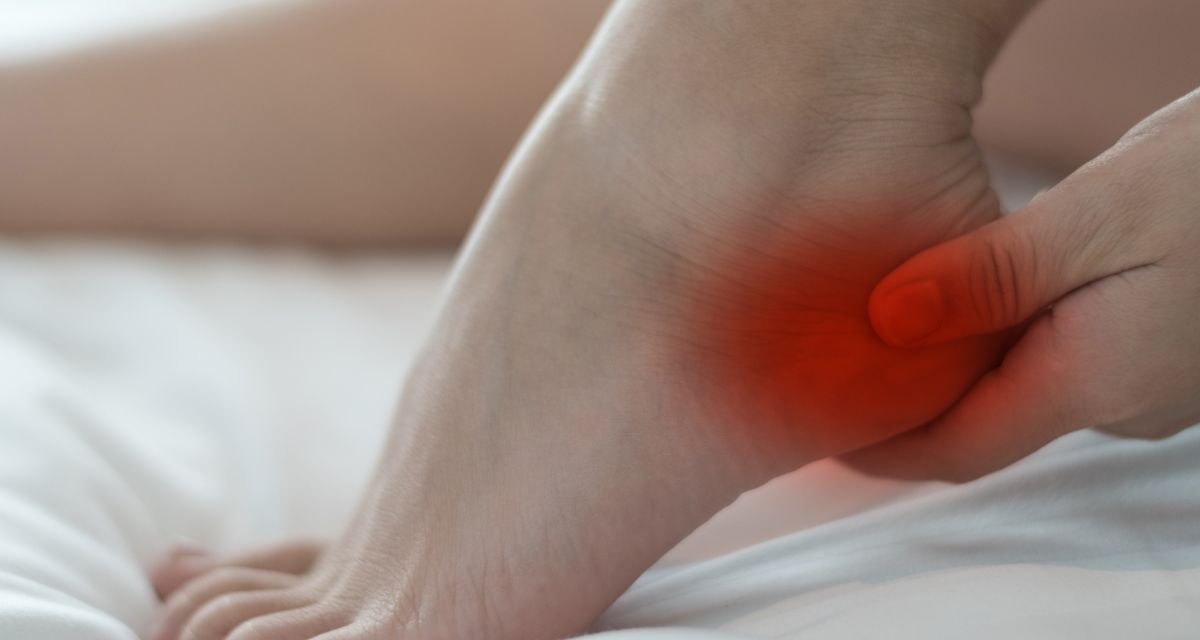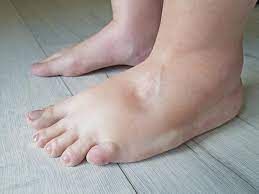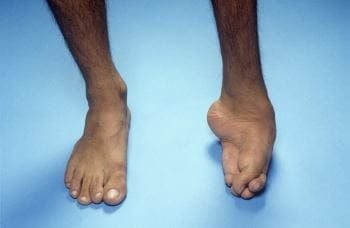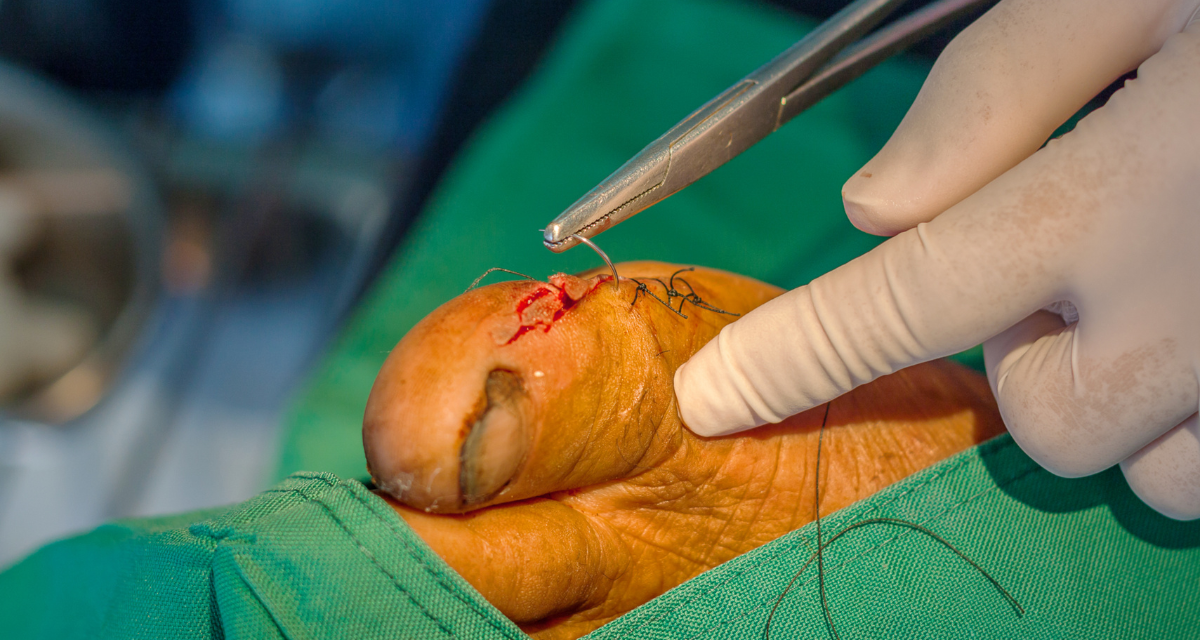Gout is a somewhat tricky condition to diagnose because its symptoms are similar to those of other disorders. Most patients with gout have hyperuricemia, but not all people with hyperuricemia develop gout.
One diagnostic test the podiatrist near Wyandotte and Southfield may order is the joint fluid test. In the joint fluid test, a needle is used to extract fluid from the affect joint. The fluid is then analyzed for the presence of urate crystals. As symptoms of joint infection are similar to those of gout, the Foot and Ankle Doctors near Wyandotte and Southfield will also examine the fluid for the presence of bacteria.
The Foot and Ankle doctors in Wyandotte and Southfield
may also do a blood test to measure the concentration of uric acid in the blood. Just as people with hyperuricemia do not always experience gout, some people may develop gout symptoms even with a normal level of uric acid in the blood.
Lastly the podiatrist may examine the joints for urate crystals. This is done with CT scans or ultrasound.
There are several different types of gout, and all can be treated by the podiatrist. These include:
- Asymptomatic hyperuricemia
- Acute gout
- Inter-critical or interval gout
- Chronic tophaceous gout
- Pseudo gout



